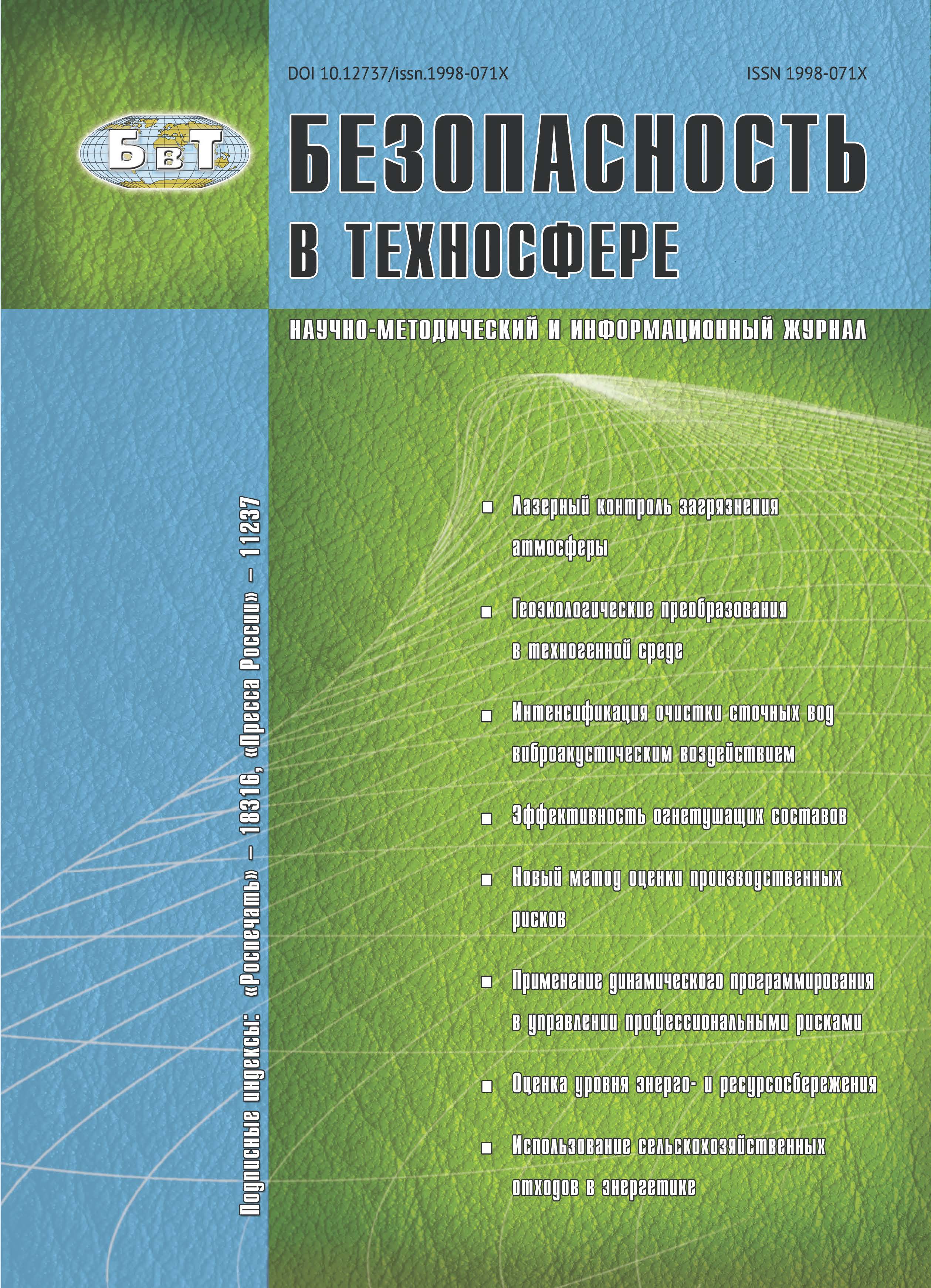The article represents North American practices of sustanable transportation modes prevalence, including pedestrian and bycicle travel choices. This publication also adduces the definition of “Complete Streets”, describes the structure of Multimodal Transportation Corridors, discloses the streetscaping advantages and environmental improuvements, subject to economy, soicial and ecology сomponents, safety enhancement of community residences of all ages and abilities. Maximizing the safety and security of all road users and mode-shifters is a fundamental objective of the urban planners and enironmental designers. While transportation facilities are initially built to optimize safety, operating environments and user expectations can change over time. Without additional preventative measures, undesirable conditions and behaviours can lead to property damages, injuries and fatalities. These risks can be mitigated through multidisciplinary road safety strategies that use infrastructure, operations and services to address road users, road environments and vehicles. Facilities and services for walking, cycling and transit can also be made safer and more secure for users. Outreach can help travellers reduce their exposure to risk by shifting to a safer mode, or by adopting safer behaviour. Perceptions related to safety can influence individuals’ choice of travel modes, and safety initiatives can help the cities achieve its objectives for walking, cycling and transit use.
Complete Streets, Multimodal Corridors, street maintenance.
1. Введение
Интенсивное развитие городов, нерегулируемая автомобилизация, выбросы в атмосферу выхлопных газов, внедрение новых высокотехнологичных способов производства привели к возникновению проблем современной цивилизации, которые в конце прошлого столетия не были столь актуальны. К проблемам современных городов относятся: 1) низкая пропускная способность автодорог, вызванная нерациональным использованием пространства дорожной инфраструктуры, ростом числа автомобилей, управляемых одним водителем без пассажиров, морально устаревшая транспортная сеть; 2) значительное ухудшение экологии крупных городов вследствие повышенной автомобилизации; 3) повсеместное распространение компьютерных технологий, повлекшее за собой переход к малоактивному (сидячему) образу жизни жителей городов; 4) отсутствие благоустройства, обеспечивающего доступ к городской инфраструктуре людям с ограниченными физическими возможностями.
1. Barbara McCann. Completing our streets. Washington, Covelo, London: Island Press, 2013. 224 p.; Ee же. Completing Our Streets: Strategies // Smart Growth America. December 10, 2013. URL: http://www.smartgrowthamerica.org/2013/12/10/completing-our-streets-strategies/ (дата обращения: 11.07.2016).
2. Complete Streets: local policy workbook / Smart Growth America, National Complete Streets Caolition. Washington, DC, 2012. 52 p.
3. The Best Compete Streets Polices of 2012 / Smart Growth America, National Complete Streets Caolition. Washington, DC, 2013. 42 р.
4. Leontieva E. G. Available environment through the eyes of a disabled person: popular science publication [Available environment through the eyes of a disabled person: popular science publication]. Ekaterinburg, 2001. 64 p.
5. Calmet H. U. Living environment for the disabled. Moscow, Stroyizdat Publ., 1990. 134 p.
6. Nalimov I. P. The concept of development of cycling in Russia. Velotransportny Union. 5 October 2007. Available at: http://velotransunion.ru/node/17 (accessed 07 December 2016))
7. Jan Gehl. Cities for People. Washington, Cavelo, London: Island Press, 2010. 288 p.
8. Gaëtan Royer. Time for Cities. Port Moody, ВС: City Forum Press, 2008. 292 p.
9. Dan Burden, Todd Litman. America Needs Complete Streets // ITE (Institute of Transportation Engineers): monthly Journal. Washington, DC, April 2011. Р. 36-43.
10. Enrique Peñalosa // Project for Public Spaces (PPS). URL: http://www.pps.org/reference/epenalosa-2/ (дата обращения: 13.07.2016).
11. Ottawa Transportation Master Plan. Ottawa, 2013. URL: http://documents.ottawa.ca/sites/documents.ottawa.ca/files/documents/tmp_en.pdf (дата обращения: 02.12.2014)
12. City of Boulder Transportation Master Plan. Boulder, 2014. URL: https://bouldercolorado.gov/transportation/2014-transportation-master-plan-tmp (дата обращения: 03.12.2015)
13. Guidance on the 2010 ADA Standards for Accessible Design / Department of Justice. Washington, 2010. 165 p.
14. U. S. Department of Transportation Pedestrian and Bicyclist Road Safety Assessments: summary report. Washington, DC, 2015. 45 p.
15. Measuring the Street: New Metrics for 21st Century Streets / Department of Transportation. City of New York, NY. 16 p.
16. Report to the U. S. Congress on the Outcomes of the Nonmotorized Transportation Pilot Program SAFETEA-LU. Section 1807 / Submitted by the Federal Highway Administration With the Assistance of the U. S. Department of Transportation’s Volpe National Transportation Systems Center. April 2012. 99 p.
17. Randal O’Toole. Secretary of Behavior Modification // Cato at Liberty: internet publication of Cato Institute. May 29, 2009. URL: http://www.cato.org/blog/secretary-behaviormodification (дата обращения:14.07.2016).
18. J. David Goodman. Expansion of Bike Lanes in City Brings Backlash // New York Times. November 22, 2010. URL: http://www.nytimes.com/2010/11/23/nyregion/23bicycle.html?_r=0 (дата обращения: 15.07.2016)
19. Beyond the Backlash: Equity and participation in bicycle planning / Hunter College of The City University of New York, Departement of Urban Affairs and Planning. New York, NY, 2011. 145 p.
20. Nonmotorized Transportation Pilot Program / U. S.Department of Transportation, John A. Volpe National Transportation Systems Center. Cambridge, MA, 2014. 82 p.
21. D. Keener, K. Goodman, A. Lowry et al. Recommended Community Strategies and Measurements to Prevent Obesity in the United States: Implementation and Measurement Guide / Department of Health and Human Services, Centers for Disease Control and Prevention. Atlanta, GA, 2009. 83 p.
22. Douglas Shinkle. Complete Streets // Legisbrief: briefing papers on the important issues of the day / National Conference of State Legislatures. Denver, Washington, D.C, November/ December 2007. Vol. 15, № 47.
23. K. E. Powell, L. M. Martin, P. P. Chowdhury. Places to walk: Convenience and regular physical activity //American Journal of Public Health. 2003. Vol 93, № 9. P. 1519-1521.
24. Elliot Fishman. Bikeshare: A Review of Recent Literature // Transport Reviews. 2016. Vol. 36, № 1. P. 92-113
25. Heidi Garrett-Peltier. Pedestrian and Bicycle Infrastructure: A National Study of Employment Impacts / Political Economy Research Institute at University of Massachusetts. Amherst, MA, 2011. 15 p.
26. Recent Lessons from the Stimulus: Transportation Fundingand Job Creation, February / Smart Growth America. Washington, DC, 2011. 13 p.






